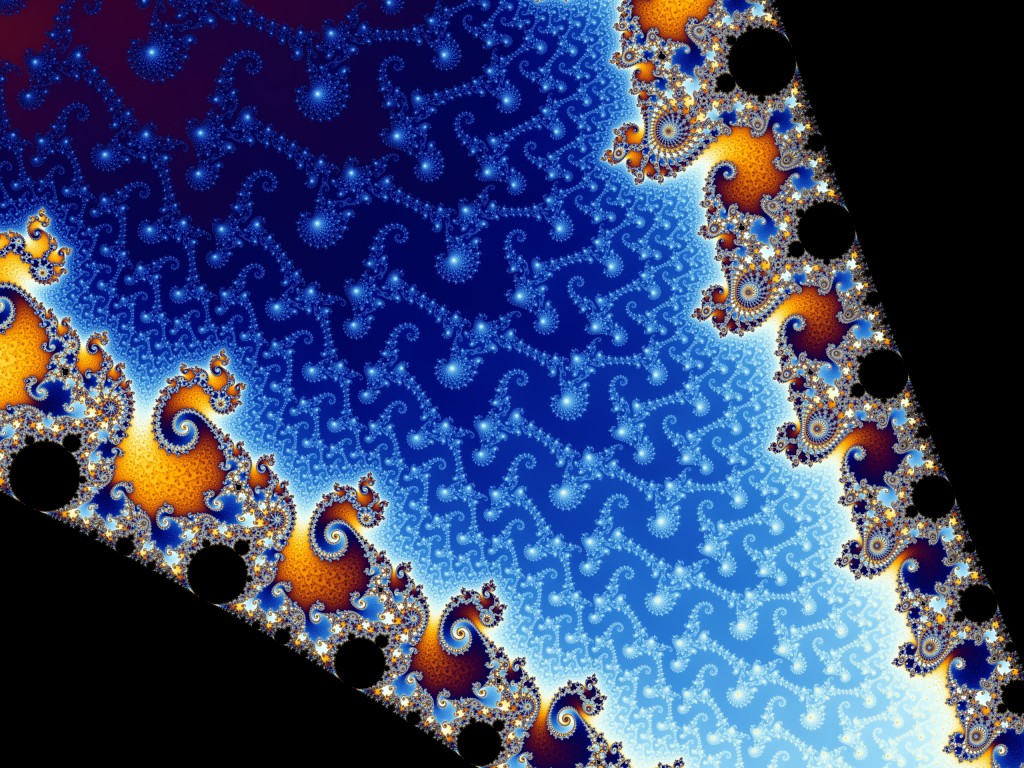Overtaking Zeno
Shared Article from Slate Magazine
Zeno's Paradox Is a Trick—But a Very Interesting T…
The Greek philosopher Zeno wrote a book of paradoxes nearly 2,500 years ago. "Achilles and the Tortoise" is the easiest to understand, but…
David Plotz @ slate.com
O.K., so, briefly: If you think that the point of Zeno’s Paradoxes of motion is to prove that the arrow never will reach its target, or that Achilles never does pass the tortoise, &c. — then I think that you are mistaken about the point of raising the paradox in the first place. Of course, it’s hard to be confident about the motives of dead philosophers who have no surviving books. But what we do know is that Zeno was a student of Parmenides; and Plato tells us that his books were written to defend Parmenides’s doctrines, by negative means,[1] showing that the views of his opponents led to contradictions.
So the most charitable understanding of Zeno’s aims is not that he’s trying to show you that Achilles can never catch the tortoise. Of course he does; just watch them race and you’ll see it happen. His point is to ask, given that Achilles passes the tortoise, well, how is that possible? And, for good or for ill, to argue from the paradox that you can only make sense of Achilles passing the tortoise if you reject presentism, and accept eternalist and Parmenidean conclusions about the nature of time and being.
Maybe he’s right about that, and maybe he’s wrong. (I’m inclined to think he’s wrong.) But note that if your solution is to try and settle the issue by introducing a lot of mathematical notation and conceptual apparatus from modern calculus — for example infinitesimal limit processes, convergent and divergent series, etc. — as is done in the Slate article here, and as is probably the overwhelmingly most common first response to Zeno’s paradoxes by mathematically-trained writers — then probably you are doing a better job than any pre-classical Greek philosopher could do in elaborating the precise nature of the problem.[2] But you’re not obviously refuting Zeno’s claims in any way, at least not yet. At the most you’re kicking the can down the road, and really you’re sort of strengthening Zeno’s own position. After all, naive formulations of mathematical notation are more or less always going to involve you in all kinds of specifically eternalist language, for example about moments in past and future time actually existing,
instantiating the value of functions, etc. You cannot normally take the limit of ?@ce;201d;S(t) over values of t that don’t exist (no longer exist, do not yet exist).[3]
Or perhaps you can. But if you can, then doing so, and explaining what you’re doing when you do it, will take some very non-naive reinterpretation of ordinary mathematical language — and some nice metaphysics, too, to justify your reinterpretation. In any case the solution is going to have to be deeply philosophical, not just a matter of applying a technical innovation in maths.
- [1]In the Parmenides:
I see, Parmenides, said Socrates, that Zeno would like to be not only one with you in friendship but your second self in his writings too; he puts what you say in another way . . . You affirm unity, he denies plurality. . . . Yes, Socrates, said Zeno. . . . The truth is, that these writings of mine were meant to protect the arguments of Parmenides against those who make fun of him and seek to show the many ridiculous and contradictory results which they suppose to follow from the affirmation of the one. My answer is addressed to the partisans of the many, whose attack I return with interest by retorting upon them that their hypothesis of the being of many, if carried out, appears to be still more ridiculous than the hypothesis of the being of one.↩
- [2]Since the 19th century, we’ve done a lot to really nicely rigorize the mathematics of infinites and infinitesimals, in ways that sometimes anticipated by but never fully available to ancient mathematicians.↩
- [3]If anything, this is even more true of late-modern mathematics than it was of classical mathematics. Contemporary mathematics constantly helps itself to a lot of the language of existence, actuality, etc., for mathematical objects, in areas where Euclid and other classical mathematicians were typically much more circumspect about making
existence
claims for mathematical objects that hadn’t yet been constructed.↩

